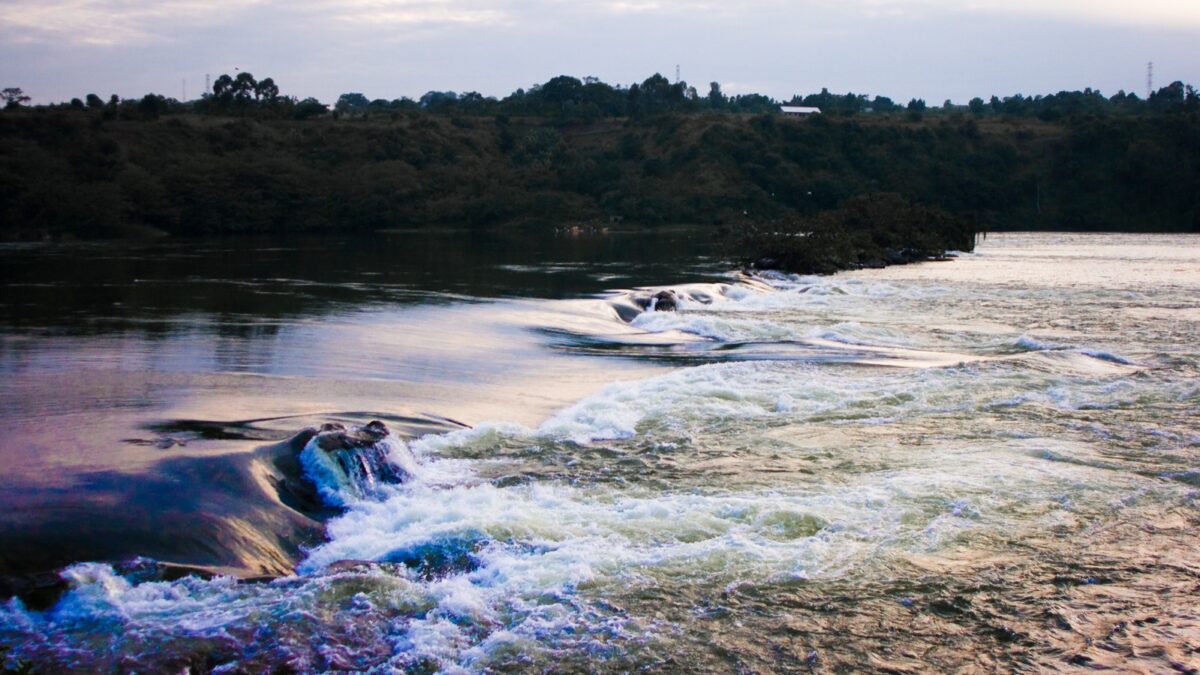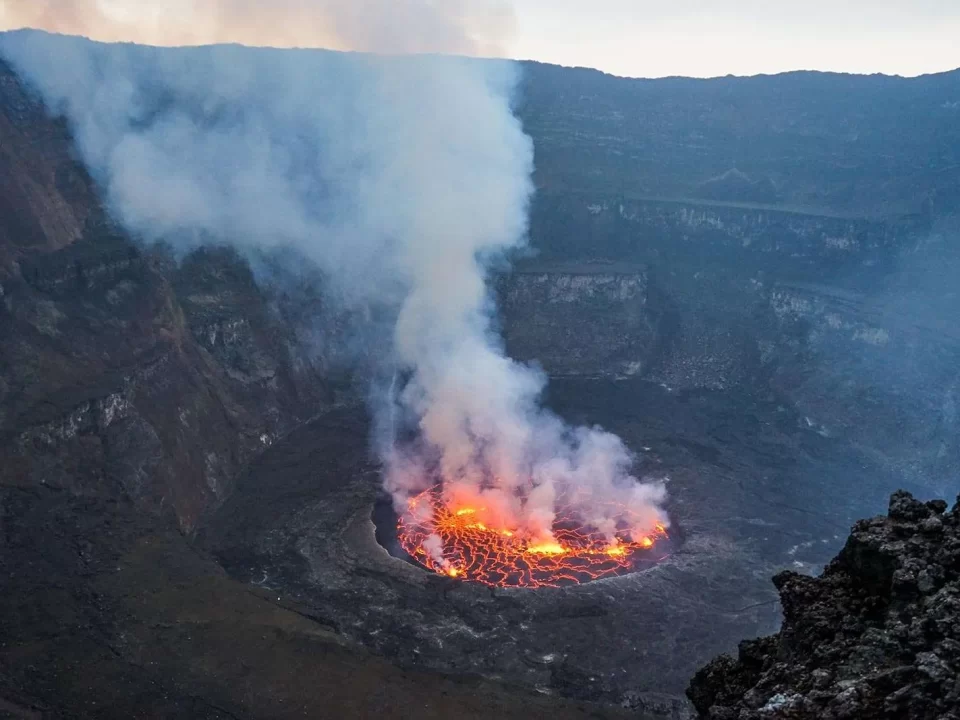Victoria Nile in Uganda

Best Insect Repellent for East African Safari
December 14, 2023
Live Bait & Artificial Lures for fishing in East Africa
December 14, 2023Victoria Nile in Uganda – The Majestic Flow from Lake Victoria
The illustrious Lake Victoria, long thought to be the primary source of the River Nile, plays a crucial role in the birth of the Victoria Nile in Uganda. As waters cascade out of Lake Victoria, they embark on a spectacular journey, exiting the lake at Ripon Falls, also known as Owen Falls Dam. The Victoria Nile, forming the upper section of the Nile River, meanders through Lake Kyoga before converging with the Albert Nile in northern Uganda. This vast lake is a shared treasure among Uganda, Tanzania, and Kenya, drawing its life from the mountainous regions of Rwanda and Burundi.
Exploring the Course of Victoria Nile in Uganda
The journey of the Victoria Nile spans approximately 300 miles, originating from the northern end of Lake Victoria and Ripon Falls. As it flows northwest, the river traverses the Nalubaale and Kiira dams at Owen Falls Dam, courses through Lake Kyoga, and passes notable points such as Masindi Port and Atura. However, it’s in the lower course that the Victoria Nile encounters a series of rapids, culminating in the breathtaking Murchison Falls on the edge of the Western Rift Valley. Eventually, the river forms a swampy estuary at the northern end of Lake Albert, marking the culmination of its remarkable journey.
Unraveling the White Nile – A Vital Tributary of the Nile River
The White Nile, a significant river in Africa and one of the main tributaries of the Nile River, owes its name to the clay carried in its waters. The term “White Nile” encompasses various stretches of the river, starting from the confluence of the Bahr al Jabal and Bahr el Ghazal Rivers. This expansive stretch extends from Lake Victoria through the Victoria Nile, Albert Nile, and Mountain Nile, contributing to the merger with the Blue Nile.
The Quest for the Source – 19th-Century Exploration of the White Nile
During the 19th century, European explorers fervently sought the source of the Nile, focusing primarily on the mysterious White Nile. The river’s true origin remained shrouded in mystery until 1937 when the German explorer Burkhart Waldecker traced it to a stream in Rutovu at the base of Mount Kikizi. The White Nile’s intricate journey through remote landscapes and its elusive source added an air of fascination and challenge to the exploration.
Victoria Nile in Uganda – Birth and Journey
The Victoria Nile commences its voyage at the outlet of Lake Victoria, near Jinja city in Uganda, situated on the lake’s northern shore. Beyond the Nalubaale Power Station and the Kiira Power Station, the river gracefully cascades over Bujagali Falls, a mesmerizing spectacle about 15 kilometers downstream from Jinja. Continuing its northwest trajectory, the river weaves through Uganda, embracing Lake Kyoga at the heart of the country and proceeding westward to Lake Albert.
Karuma Falls and the Path to Lake Albert
The journey unfolds with notable landmarks, including the passage under Karuma Bridge at the south-eastern corner of Murchison Falls National Park. Karuma Falls marks a significant point where the river flows through a narrow passage before expanding its course. Amidst historical contexts, the Karuma Bridge played a crucial role during the insurgency of the Lord’s Resistance Army, serving as a strategic stop on the way to Gulu. Plans for a hydropower project near Karuma Falls, announced by the Government of Uganda, signify the evolving dynamics of this region.
Albert Nile – A Distinct Waterway
The segment of the river flowing from Lake Albert to the north earns the title “Albert Nile,” demarcating the West Nile sub-region of Uganda from the rest of the country. A bridge spans the Albert Nile near its inlet in Nebbi district, and navigation of this section primarily relies on ferries, small boats, or canoes.
Mountain Nile – Through South Sudan’s Terrain
As the river extends from Nimule in South Sudan, close to the Ugandan border, it transforms into the “Mountain Nile” or “Baḥr al-Jabal,” symbolizing its journey through mountainous terrain. The Southern Sudanese state of Central Equatorial, once known as Bahr al-Jabal, contributes to the river’s nomenclature until 2006. The southern stretch encounters rapids and narrows through gorges, presenting challenges and picturesque landscapes before reaching the vast swamp of the Sudd.
White Nile Proper – From Lake No to Khartoum
The stretch from Lake No to the mouth of the Sobat marks the beginning of the “White Nile proper.” Approximately 120 kilometers of gentle sloping characterize this section, hosting swamps and lagoons. The Sobat River tributary, when in flood, adds distinctive coloration to the White Nile. The journey through Sudan progresses slowly but steadily, culminating in the confluence with the larger Blue Nile at Khartoum, forming the renowned River Nile.




